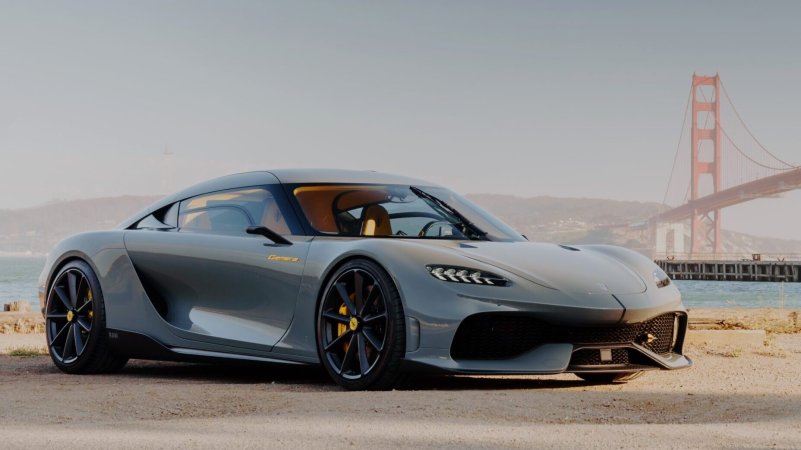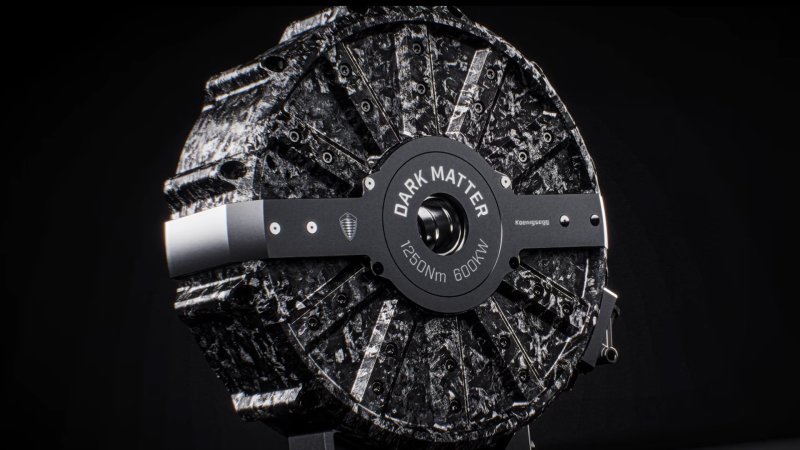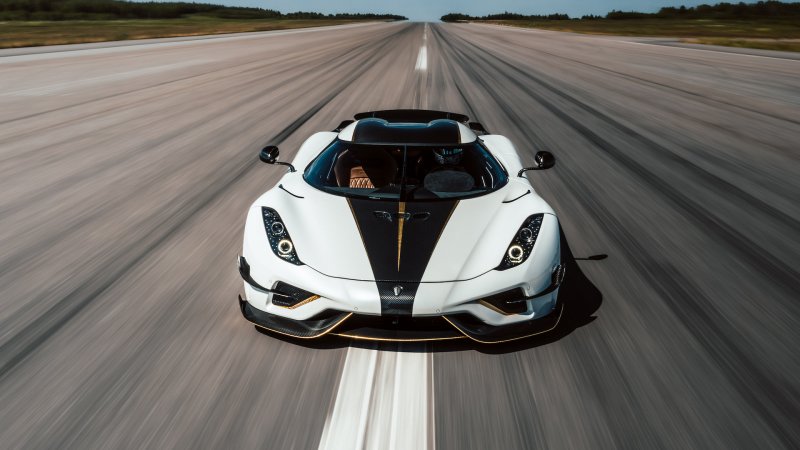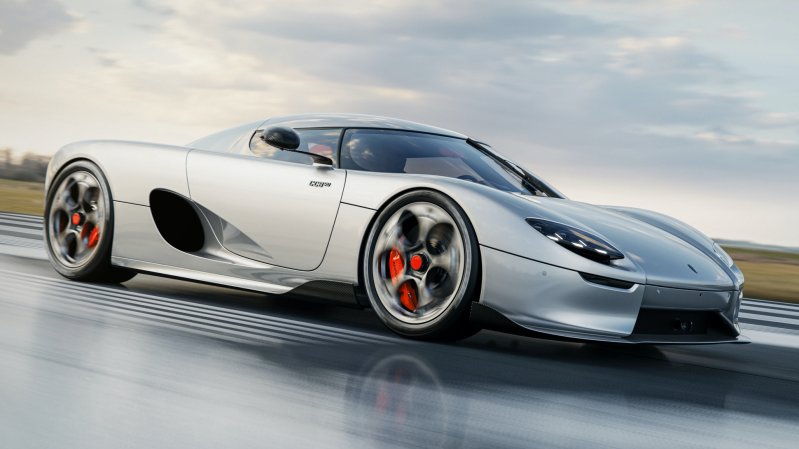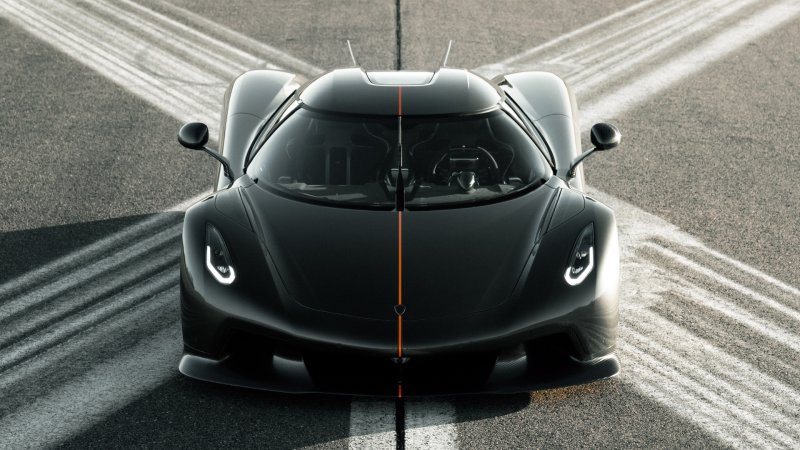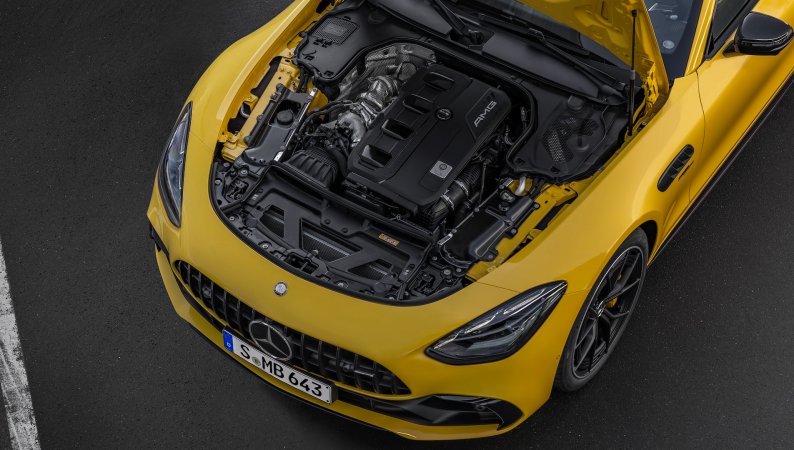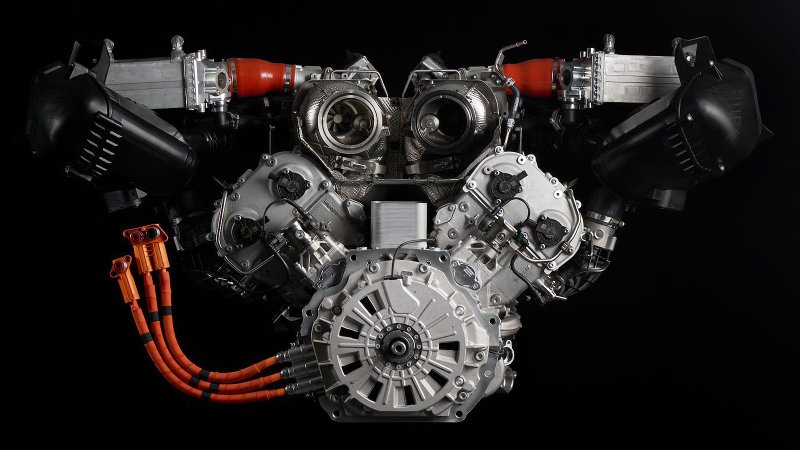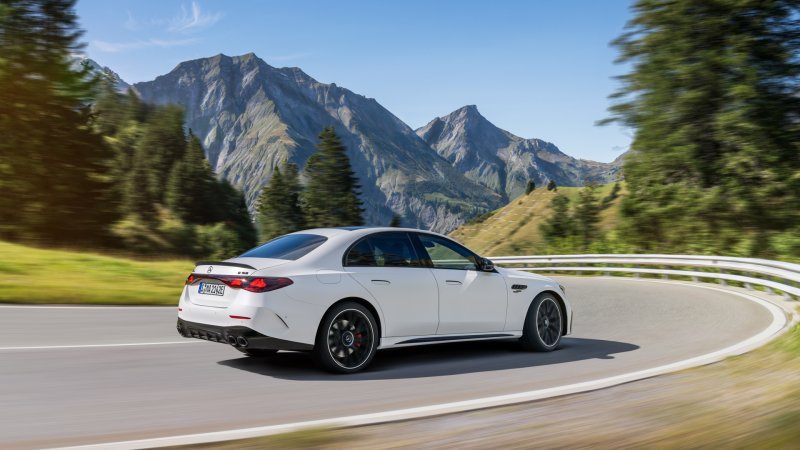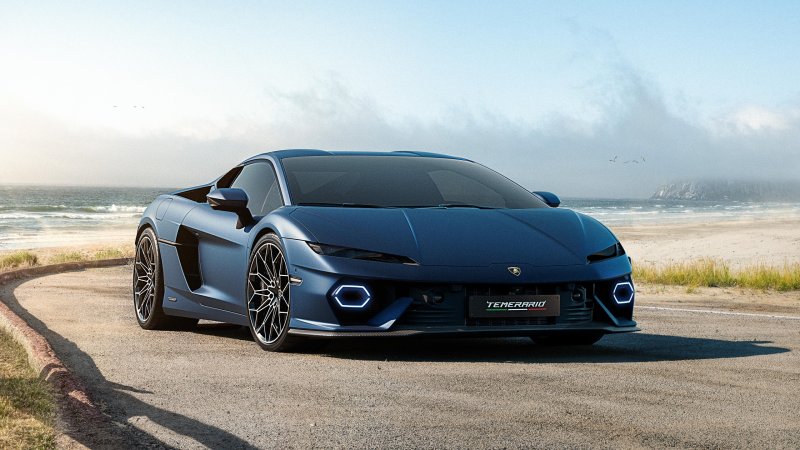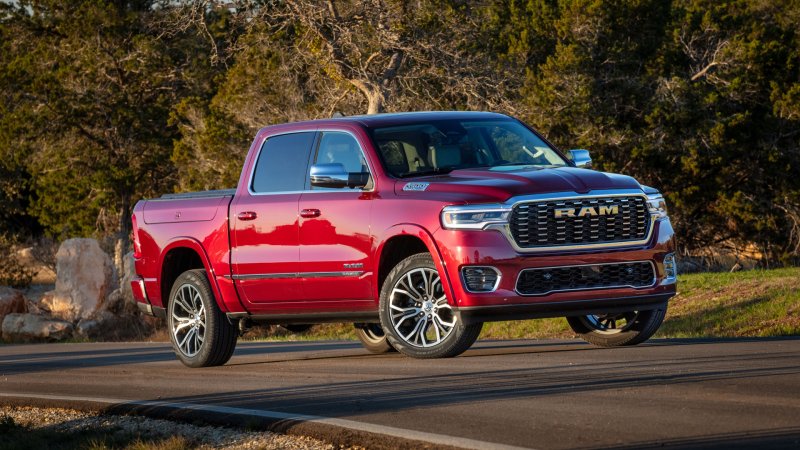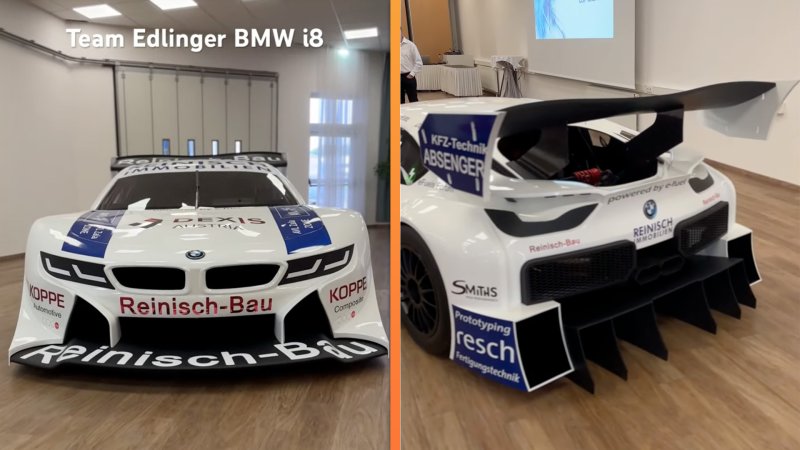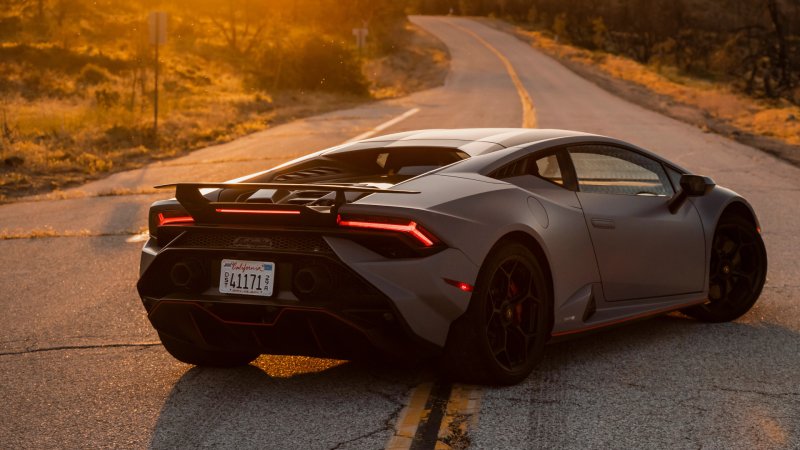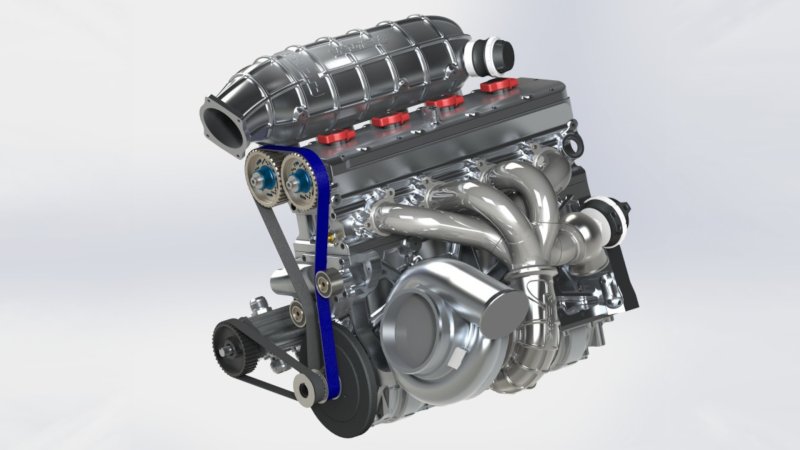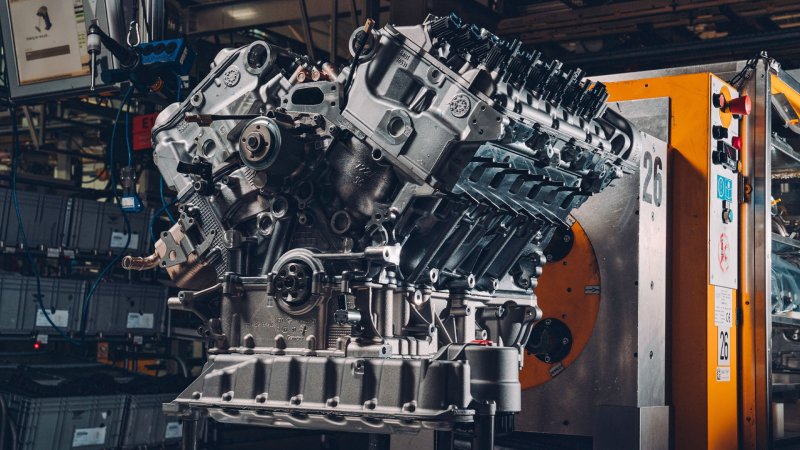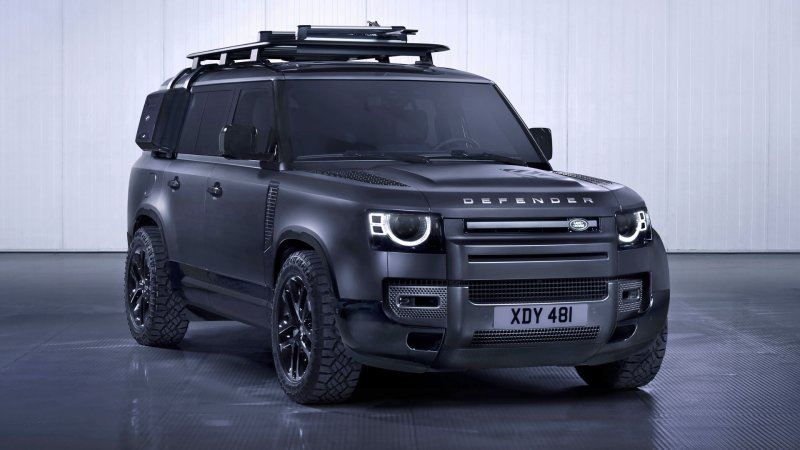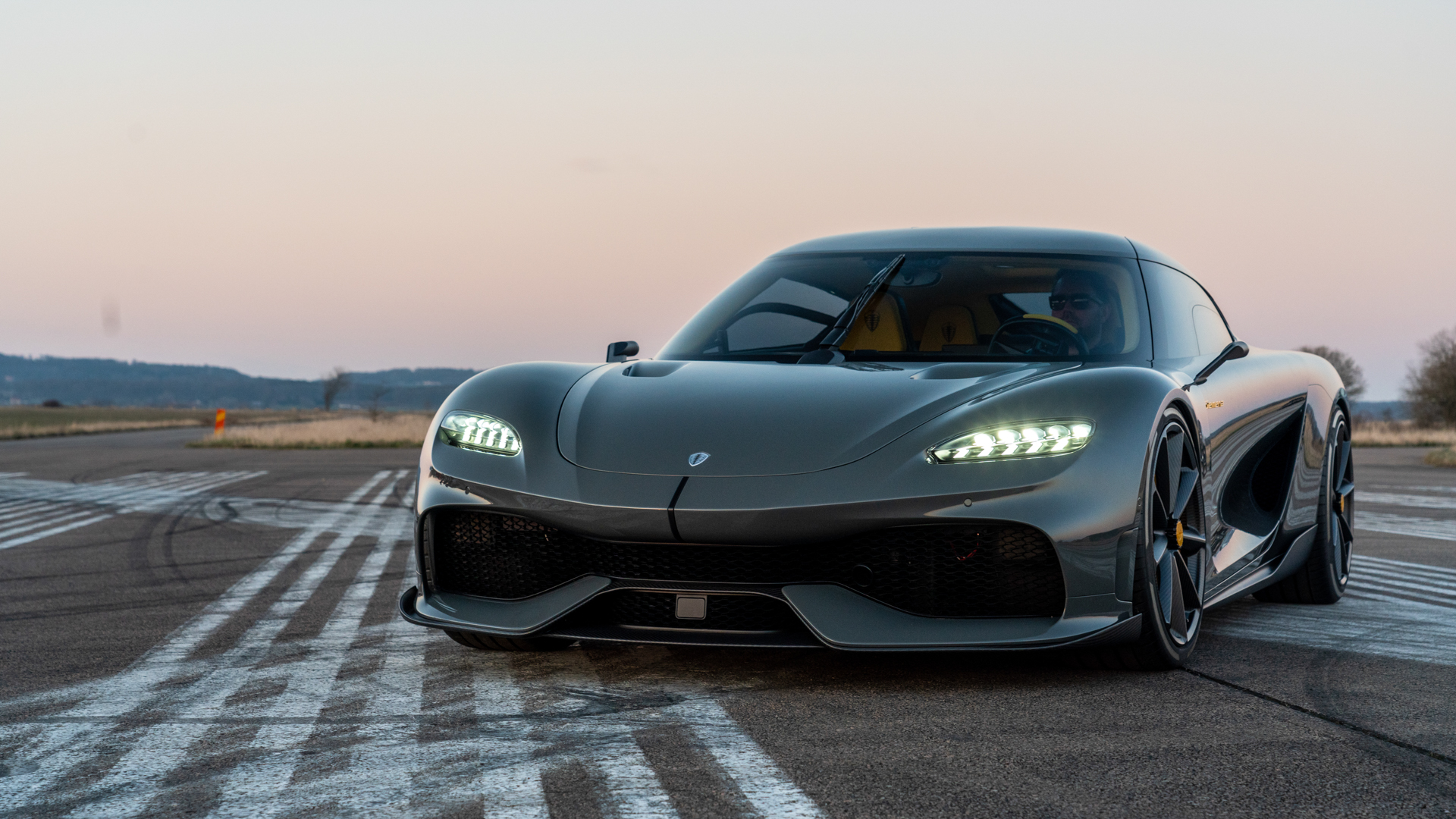

So few people in the world have the money and opportunity to buy a Koenigsegg, but when those very people were presented with the chance to order one of the most unique hypercars in the world, they blew it. The Koenigsegg Gemera was to be sold with a choice of two different twin-turbo, hybrid powertrains: one with a V8, and another with a three-cylinder. A 600 horsepower three-cylinder, at that. The latter would’ve been a rare breed of hypercar, no doubt. But it isn’t happening, because all of Koenigsegg’s clients opted for eight cylinders instead.
During an episode of the Top Gear Magazine Podcast (h/t to CarBuzz), Christian von Koenigsegg said that there were so few orders for the three-cylinder Gemera that he ended up convincing the few who did request them to switch to the V8, too.

“In a nutshell, they all turn into V8s,” Koenigsegg told Top Gear’s Jack Rix. “There were so few left that asked for the three-cylinder, we managed to convince almost all of them [to switch engine orders].”
Admittedly, the hybrid V8’s specs are tempting. With the 5.0-liter, twin-turbocharged V8, paired to Koenigsegg’s innovative “Dark Matter” radial-flux electric motor, the Gemera makes an astonishing 2,300 hp and 2,038 lb-ft of torque. That’s almost 1,000 horsepower more than the three-cylinder Gemera’s combined 1,400 hp. Sure, I get that it’s hard to turn down an additional 1,000 hp. But isn’t 1,400 enough? Koenigsegg never released official performance specs for the three-pot Gemera, but they likely weren’t too far behind the V8’s, due to it being significantly lighter. More importantly, the three-cylinder was more interesting. And don’t rich people have enough supercars with outrageous power and performance? With V8s, no less?
The Gemera’s 2.0-liter twin-turbo three-pot lies somewhere in the blurred line between Christian von Koenigsegg’s brilliance and madness, with some of the most advanced ICE tech ever developed. Using Koenigsegg’s Freevalve system, something he’s been working on for over a decade, the turbo-triple doesn’t use camshafts like a traditional engine. Instead, it uses computer-controlled, electro-hydraulic-pneumatic lifters to operate the engine’s intake and exhaust valves. Freevalve allows for infinitely variable valve timing, to adjust for extreme performance, extreme efficiency, and everything in between. Such variable exhaust valve timing also means improved turbocharger response. So despite its compact size and low cylinder count, Koenigsegg’s “Tiny Friendly Giant” engine made 600 hp. When paired with that same Dark Matter electric motor, the three-pot Gemera developed 1,400 hp and 1,364 lb-ft of torque—200 hp more than the quad-turbo, 16-cylinder Bugatti Veyron Super Sport.



Is there a chance Koenigsegg’s three-cylinder engine will ever see the light of day? “It’s still interesting, we’re still working on it,” said Koenigsegg. “We might eventually do it in the Gemera, as well, perhaps one day in some version.”
Koenigsegg’s three-cylinder engine is one of the most fascinating engines of this century, made even more interesting by the fact that it powered a multi-million-dollar hypercar. While the door isn’t completely shut on the TFG, there’s a good chance we never see it in a production car, because people with means have no imagination.
Got tips? Send ’em to tips@thedrive.com
